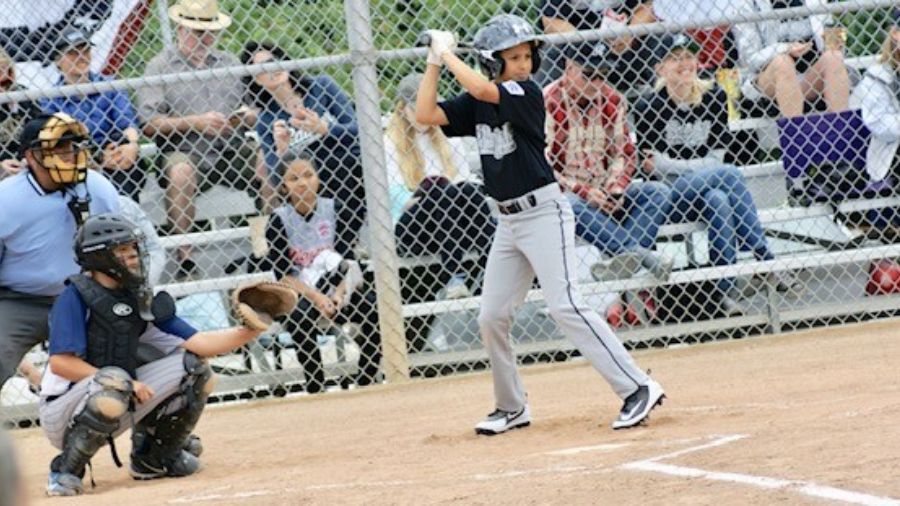Snohomish County Search and Rescue seeks volunteers amid uptick in missions
Apr 24, 2024, 6:43 PM

It has been a decade since the Oso landslide swept through Oso, taking 43 lives. (Photo: Chris Sullivan, KIRO Newsradio)
(Photo: Chris Sullivan, KIRO Newsradio)
The Snohomish County Volunteer Search and Rescue (SCVSAR) is a non-profit organization that typically has 500 volunteers on hand. But as we head into the organization’s busy season, it is down 60 people, which means added work on the present volunteers.
“There’s more missions and less volunteers,” Board President Mike Loney told KIRO Newsradio.
Why are volunteer numbers down?
“I don’t know specifically, other than this day and age there’s a lot of things that people can be into, and are interested in that compete for their attention. And the other reason is, we are bound by state laws about training that’s required by volunteers to be in search and rescue,” he responded.
Let’s talk about that. If someone wants to reach out and volunteer, what do they have to go through before they can go out in the field and begin missions?
Other local news: Snohomish County transit announces major changes as Lynnwood light rail set to launch
“The first thing we expect them to do is come to one of our unit meetings, we’re divided into sub-units. And there they will meet some of the current members. They have to attend a meeting with the sheriff’s office who oversees our search and rescue missions. And they give them an orientation of what they expect of volunteers,” Loney answered.
And then once you’ve done those two things, you would then have a background check by the sheriff’s department, can’t have convicted felons. And when you pass that, then you are a member of the search and rescue. But at that point, you’re not able to go out in the field yet. Because there’s quite a bit of training mandated that you have to have and before we will let you go out on a mission,” he continued.
Loney added that people start and then drop off.
“I do know we have a significant amount of people who start the process, and then they don’t follow through when they realize just how much training is required,” he said. “The good news is we provide all the training that’s required through the organization to the new members at no fee.”
What’s the timeline for getting all of this done?
“It’s probably closer to two months, that’s because the unit meetings are once a month, and then a sheriff meeting is once a month. There’s a real urgency here because as we’re stepping into spring already, you want to have these folks ready to go,” he said.
What do you think is driving the increase in missions lately?
“I think a lot is driven by the social media craze. There’s several Facebook hiking groups that have several 100,000 members now. But the other driver that’s not so well known is the population is aging. And there’s significantly more calls in suburban settings where we’re looking for dementia, Alzheimer’s, that sort of person who wanders away and doesn’t have the mental capacity to know where they are and what they’re doing and be safe,” Loney explained.
With the aging population, more people are living longer. So there’s more people drifting into Alzheimer’s and dementia. And financially a lot of people can’t afford to put them in care facilities. A lot of these people are caring for them at home, and it’s hard on them to be aware of them 24/7,” he continued.
More from Nate Connors: Has your insurance gone up? Rates can take a hike for distracted drivers
What is the hot spot, or busiest area in Snohomish County?
“Heather Lake, Lake 22 area definitely gets a lot of calls. There’s a lot of people in those places. That’s another great contrast for me. When I first moved here in 2000, and you go to Lake 22, there would be 15-20-30 cars, and now on a weekend, there could be a couple 100 cars parked up and down the highway. And the sheriff’s out there writing tickets,” Loney said.
Anything else?
“There’s a number of volunteer positions you can do, like we have a food truck. So you never go in the field in some of these positions, because some people can’t or don’t want to be bushwhacking through swamps and mountainsides. So there are plenty of jobs for volunteers, like running the radios in the command posts, running the maps and making plans, cooking food and things like that. So there are other things for people to do within SAR that don’t necessarily have to be super fit and ready to go out in the woods,” he added.
If you would like to volunteer, head to SCVSR’s website.
You can read more of Nate Connors’ stories here. Follow Nate on X, formerly known as Twitter, here and the KIRO Newsradio traffic team here for more traffic updates.













